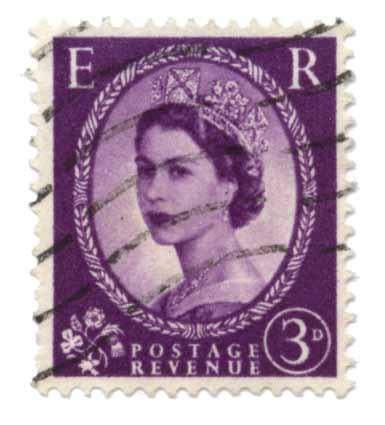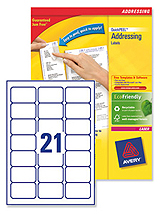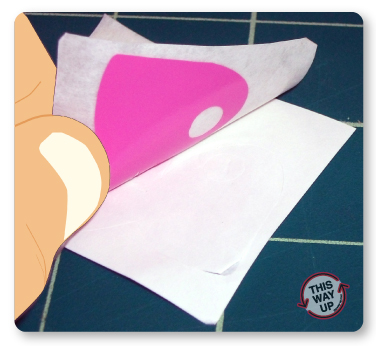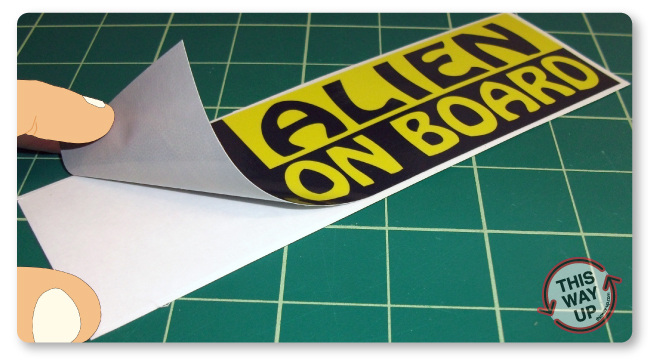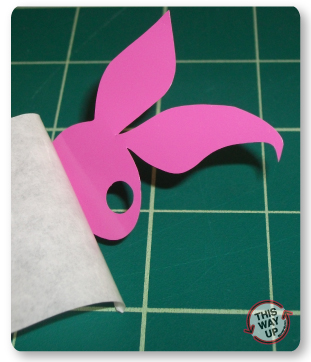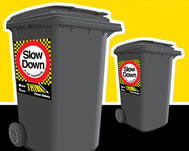 Loading... Please wait...
Loading... Please wait...- Home
- Sticky Facts
Sticky Facts
Categories
What are stickers? |
Types of sticker |
|||
Why use a sticker? |
History of the sticker |
|||
How are stickers made? |
Sticker Bombing |
|
|
|
|
All of the above can be used to describe what can be generalised as a ‘sticker’. A sticker is usually a two sided item with a design on one side and adhesive on the reverse which is used to then fix the graphic to a surface. The graphic design could be, but not limited to: a colour image, brand name, artwork, or logo. Shapes and words can also be made such as tribal patterns and business names. |
|
|
History / When were they first used?
Theories of first sticker use exist in various forms, but are unconfirmed. For example, there is an indication ancient Egyptians may have used forms of primitive stickers to advertise deals in a local market place. Sir Rowland Hill created the stamp in 1839 with his postal reform, which technically can be considered the first commercial sticker. Sir Rowland was an English teacher, inventor and social reformer who created the concept of postage / shipping prepayment. This prepayment would consist of a stamp in exchange for money which would facilitate the safe, fast and inexpensive transit of letters. |
An historic British stamp. |
|
R. Stanton Avery moved the sticker idea further in the 1930s with the manufacturing of the first self-adhesive label. The label consisted of a paper surface coated in adhesive stuck on top of a liner. The liner had a special coating which holds the label in place but does not allow the adhesive to create a seal. This allows the label to be easily removed from the liner paper and then re-applied onto another surface. This same principle exists for modern stickers today.
|
Avery labels. |
|
Stickers can be fabricated by many different printing methods which you can find out more about here. The main modern ones used today are digital print, screen print and vinyl cut. Other methods may still have their individual advantages, but dependent on the quantity of stickers to be made, modern methods such as digital printing keep the quality of the product high whilst retaining a reasonable cost to produce. |
|
|
Vinyl and standard are the two types of sticker that This Way Up offer. Standard is typically a full colour design on one side and adhesive on the reverse. Vinyl is essentially thin sheets of plastic cut into a design with adhesive on the reverse. |
A vinyl design being removed from liner. |
|
Example of a standard sticker being removed from the backing liner. |
|
|
Vinyl is usually only one colour, which is that of the originating vinyl sheet. The sheet is then cut into a design and weeded to remove the excess material revealing the graphic. Application tape is then placed over the vinyl which allows easy removal of the vinyl design from the backing paper to then in-turn be placed on the destination surface following with removal of the application tape.
Vinyl has the benefit of allowing gaps and increased complexity in the design which will show through the surface behind. This can accomplish a bigger visual impact depending on what you are trying to achieve, but because of the longer fabrication process, vinyl tends to be more expensive to produce.
|
Example of a vinyl sticker being removed from application tape. |
Stickers of all types are clean and quick to apply to a surface instantly emitting your message around it. Within seconds, you can stick your message or part of your personality onto something, be that a toolbox, bedroom wall, laptop, skateboard, window, car, caravan, motorbike helmet - literally any smooth, clean surface will be an ideal location for a sticker. For example, customising a car can be an expensive and time consuming activity, however with a sticker, you can instantly stick a little bit of yourself onto the car making it yours and helping it to stand out. |
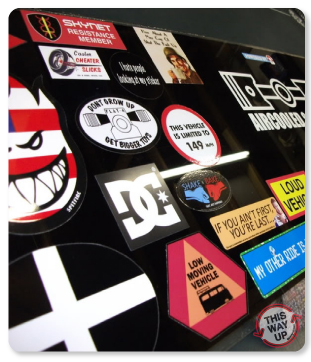 Stickers used on the rear window of a car. Stickers used on the rear window of a car. |
|
Stickers can be classed as a type of ambient or promotional above-the-line (BTL) media as they can be seen directly by people around them. This means stickers can be used as part of a marketing strategy or campaign. For example you may wish to use stickers as part of day-to-day marketing communications, much like Snap-On tools and Apple where upon the purchase of one of their products, a brand sticker is usually included for the customer to use as they wish. Or a specific campaign could be devised where stickers are used in bulk for a brief time. An example of this would be a ‘slow down’ sticker used by an anti-speeding campaign in Warwickshire, England.
|
'Slow Down' campaign. |
|
What is Sticker Bombing? Sticker bombing, also known as Sticker Art, Sticker Slapping, Slap Tagging and Sticker Tagging, is the process of covering a whole surface with many different stickers and can be classed as Street Art. Its roots are considered to be from a form of Graffiti where by individuals could place a sticker in a location quicker and safer than trying to paint. Pre-made bombing sheets consisting of many sticker designs can be purchased to reduce the cost of purchasing individually and aid application to the target surface. These sheets can also be cut to a shape such as a car window to totally fill the window neatly. |
 A sticker sheet to be cut to size for fast sticker bombing. A sticker sheet to be cut to size for fast sticker bombing. |

